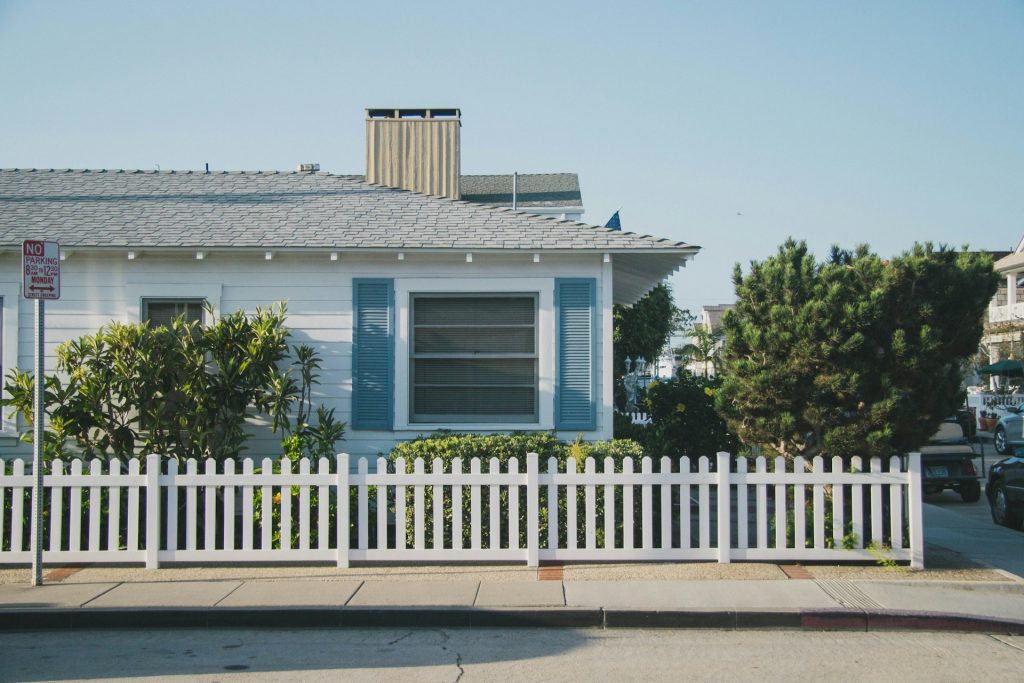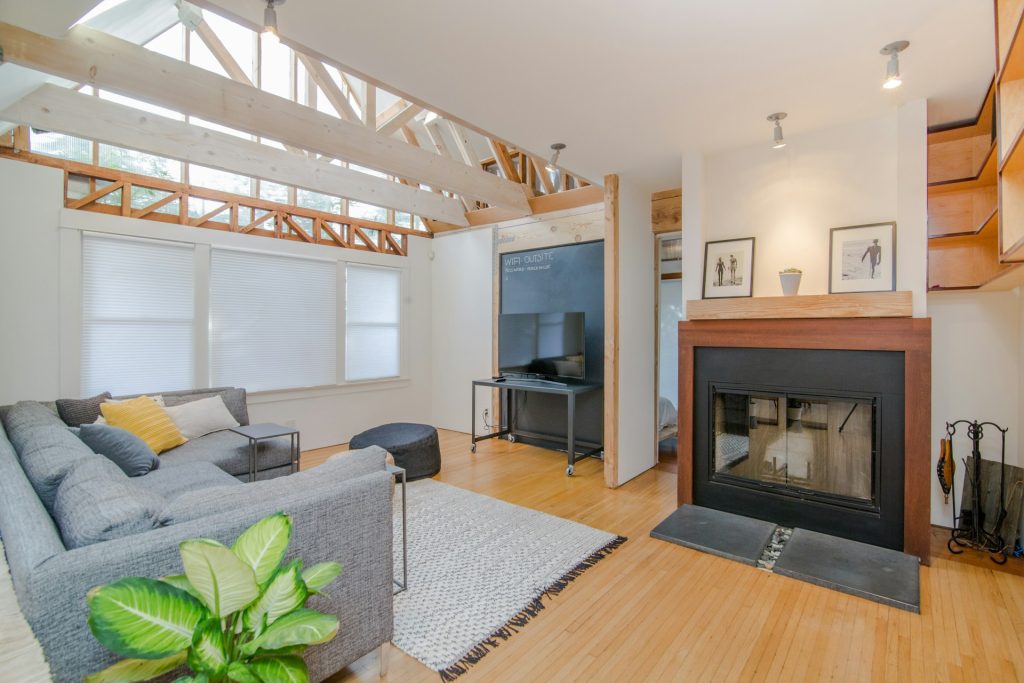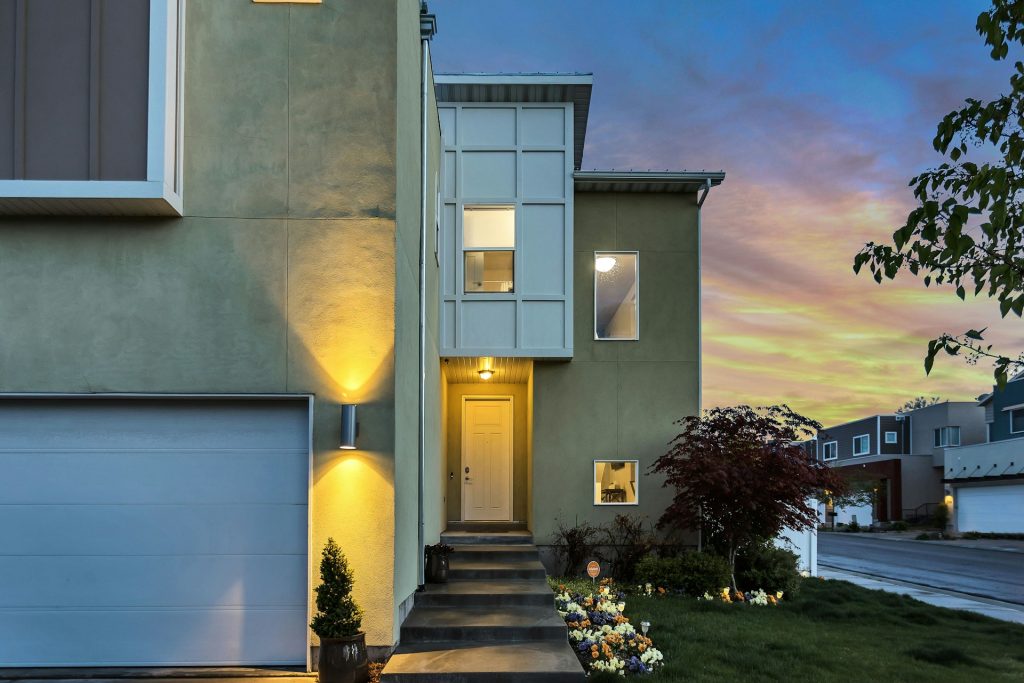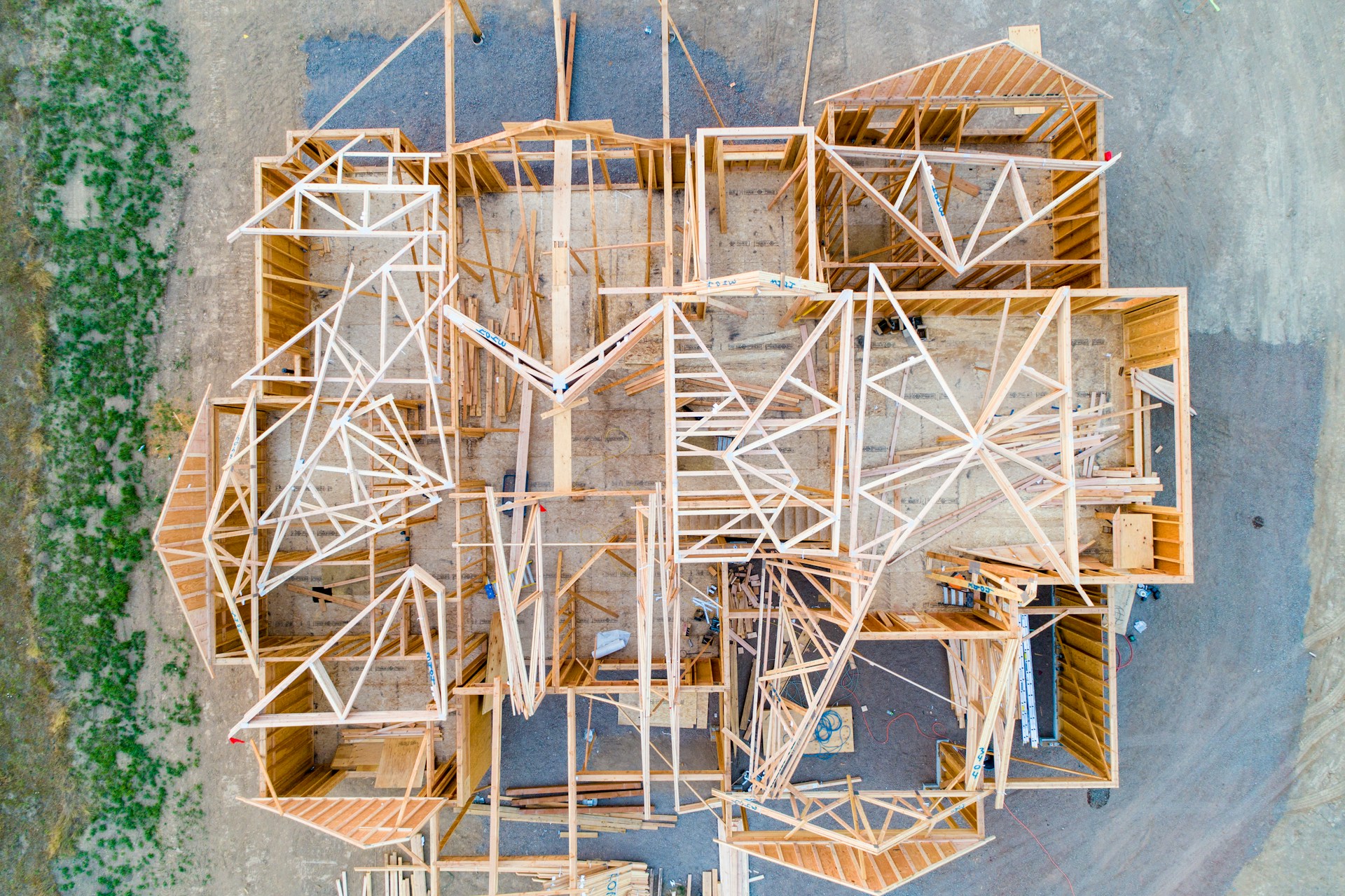When it comes to home construction, prefabricated and modular homes have emerged as innovative alternatives to the traditional brick-by-brick approach. Understanding the subtle differences between these two housing solutions prompts a closer look at their individual characteristics and advantages.

Prefabricated Homes vs. Modular Homes: A Comprehensive Comparison
While the terms prefab and modular are often used interchangeably, it’s crucial to recognize that every modular home falls under the umbrella of prefab, but not all prefabs are modular. To gain a clearer understanding, let’s delve into the specifics.
Defining a Prefab Home
Prefab serves as a broad category encompassing various construction methods, including modular construction, panel construction, and steel frame construction. At its core, prefab involves constructing a portion of a house in a factory before transporting it to the construction site. This can manifest as large modules assembled on-site or smaller, fully-built homes delivered to the location.
Despite its longstanding history, recent technological advancements have sparked a renewed interest in prefab homes. Architects are increasingly embracing prefab methods, resulting in more innovative and diverse designs. While prefab homes have traditionally found favor in rural areas, they are gradually gaining traction in urban environments.

Defining a Modular Home
Within the prefab category, modular homes represent a specific construction method. These homes are crafted from pre-assembled pieces or modules that fit together seamlessly, akin to building blocks. Each module, often comprising one or more rooms, is substantially completed in a factory, with some even featuring pre-installed wiring and plumbing.
Transported on flatbed trucks, these modules are then assembled on the homeowner’s vacant lot atop a pre-poured foundation. The assembly process resembles constructing with LEGO blocks, with each module representing a distinct segment of the house. Traditionally constrained by a 16-foot width due to transportation limitations, technological advancements have expanded the horizons for modular home design.
Why More People Choose Modular Prefab Homes
Modular housing is gaining popularity as a swift and cost-effective alternative to conventional stick-built housing. The controlled environment of factories minimizes weather-related delays, ensuring shorter build times unaffected by rain, wind, or snow. Additionally, the efficiency of production in a controlled setting significantly reduces waste, positioning modular homes as an environmentally conscious choice.
The flexibility of modular design caters to diverse preferences, ranging from ultra-modern homes with expansive windows to cozy Muskoka cottages and spacious Cape Cod-style houses for large families. Beyond efficiency, the appeal of modular prefab homes lies in their ability to embrace a wide spectrum of architectural styles to suit individual tastes and needs.

As the construction approach undergoes a transformation, prefabricated and modular homes emerge as viable alternatives, challenging the traditional norms of on-site brick-by-brick construction. Understanding the nuanced differences between prefab and modular homes unveils exciting possibilities for homeowners, architects, and builders alike. Whether situated in bustling urban centers or tranquil rural retreats, these innovative housing solutions redefine our approach to conceptualizing and constructing homes. The future of housing is undeniably modular, prefab, and filled with promise.





